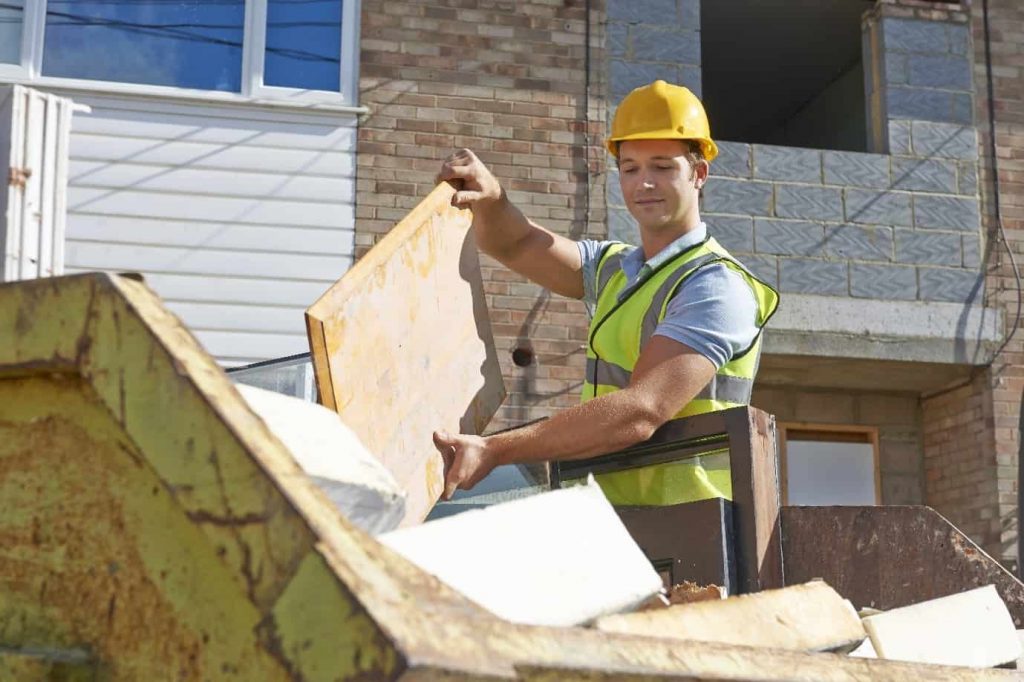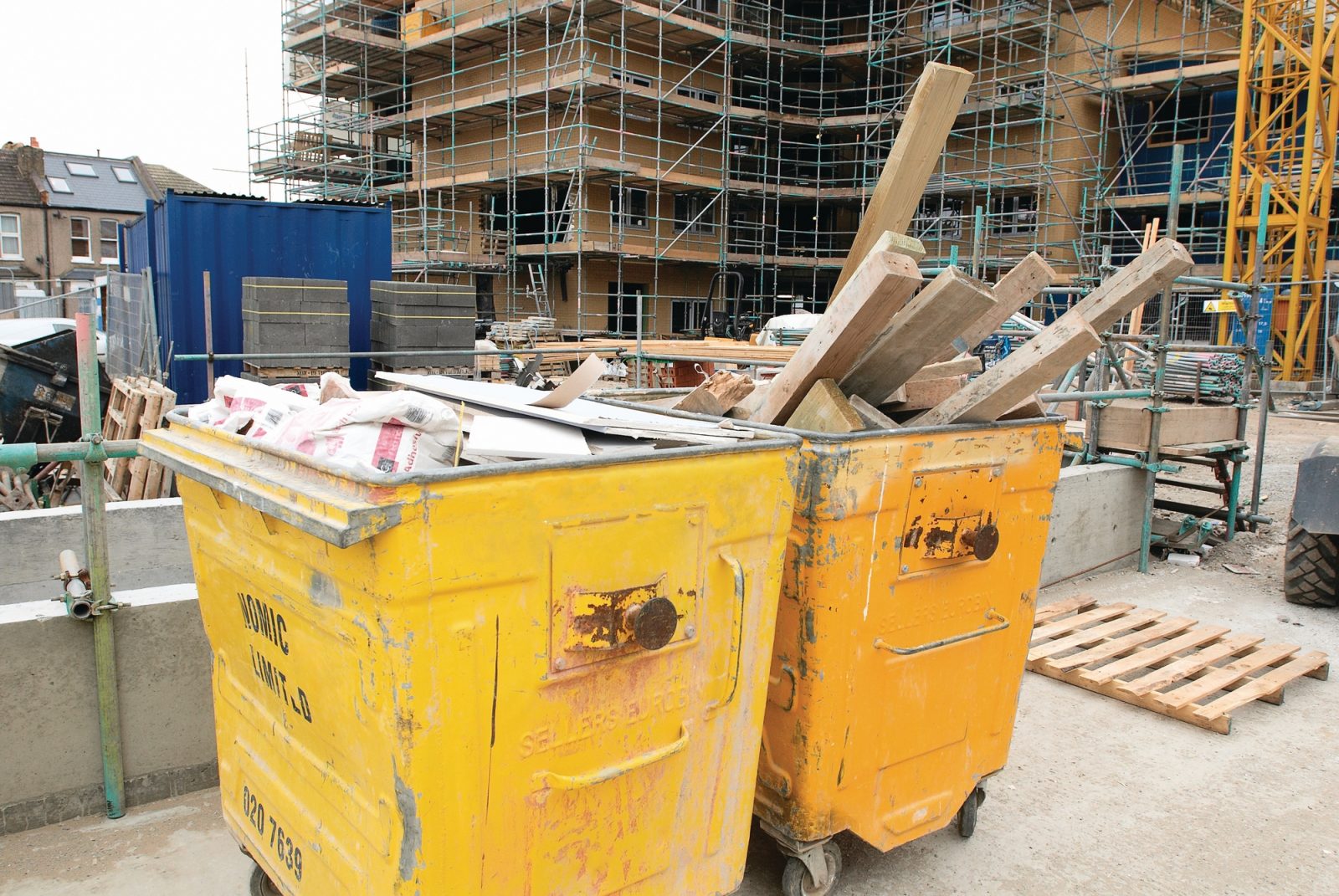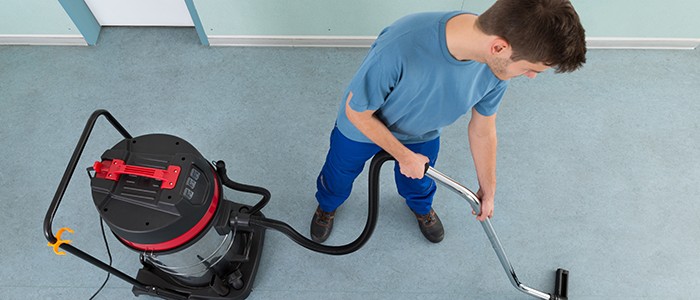If you’re like most people, you’re probably aware of the environmental impacts of construction waste. But what are some concrete tips for disposal? In this article, we’ll outline the best ways to deal with construction waste, based on your specific situation. We’ll also provide tips on how to reduce the amount of construction waste that you produce, and how to dispose of it properly. So whether you’re a homeowner building a new home, or an entrepreneur starting a new business, read on for information that will help you get started!
What is Construction waste?
Construction waste is any material that’s generated during the construction or remodeling process. This could include materials like wood, clay, concrete, metal, and plastic.
The main concern with construction waste is that it can be a major environmental pollutant if not disposed of properly. It can end up in rivers, lakes, and other bodies of water as well as on land – where it can contaminate soil and groundwater. It can also cause health problems for people who come in contact with it.
It’s important to learn about the different types of construction waste so you can properly dispose of it. You should also keep in mind that construction waste needs to be treated differently from regular garbage because it contains a number of hazardous substances that need to be taken into account when preparing for disposal.
Types of Construction Waste

There are a number of different types of construction waste that you’ll need to be aware of if you’re planning on doing any construction work yourself. Here are the four most common types:
Demolition waste: This includes everything from bricks and stones to concrete and steel.
Site preparation waste: This includes anything that’s needed before the actual construction work can begin, like clearing trees and bushes, levelling the ground, and filling in any holes or cracks.
Building materials: This includes things like lumber, plywood, masonry materials (like brick and stone), glass, metal studs, and other building supplies.
Byproducts of construction: This includes things like used paint, used oil painting brushes, asbestos sheets, broken tiles etc.
Concrete Tips for Construction Waste Disposal
- Always keep a construction waste disposal kit handy. This will include gloves, a face mask, and a dust mask if necessary.
- Clean up any spilled debris as quickly as possible. This will help prevent the spread of harmful bacteria and viruses.
- Dispose of construction waste in an approved landfill or incinerator. Do not put it in your backyard!
- Be sure to contact your municipality or county about construction waste disposal regulations before starting your project.
- If you have any questions or concerns about construction waste disposal, don’t hesitate to reach out to your local experts!
What types of trash can I use for my construction?
The most appropriate trash can for your construction project depends on a few factors, including the size of the project, the type of material you’re using and the amount of indoor or outdoor work that will be done.
For indoor projects, a small trash can with a lid is ideal. This type of can is easy to move around and comes in various colors so that it’s easy to spot. For outdoor projects, a larger container with a lid is better because it can hold more waste and it’s easier to transport.
Conclusion
When it comes to building waste disposal, there are things that need to be kept in mind. First and foremost, follow all the safety instructions while disposing of construction waste. After that, you can start gathering some resources on how to tackle construction waste disposal using eco-friendly methods. In the end, make sure you dispose of your construction waste according not only to local laws but also environment-friendly rules as well.






